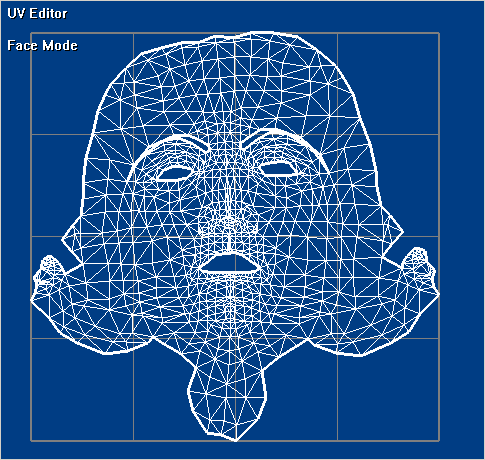

The size and shape of polygons have and will change to fit the flattening process. Unfortunately, distortions are inevitable when you UV unwrap your model. UV unwrapping is the process of unfolding or flattening your 3D geometry into a 2D representation so each polygon and face of a 3D object is tied to a face in the UV map. Very often you have to edit or even create a UV map from scratch. Though most applications create the UV layout as the model is created, don’t rely on it to do all the work for you. So you can’t miss it out when you learn how to 3D model. Note: U and V in the UV map denote the horizontal and vertical axes of the 2D texture, since X, Y, and Z are already used to denote these of a 3D space. So, these coordinates serve as the marker points that define what pixels on the texture correspond to what vertices. Each texture coordinate has a corresponding point in 3D space – a vertice. It is constructed from UV or texture coordinates that correspond to the vertex of the model information. What is a UV Map?Ī UV map is a two-dimensional representation of a surface of the 3D object. In reality, it is much simpler and we’re going to prove it. Still, these concepts only sound complicated. Then there is UV mapping and unwrapping which 3D modeling can’t do without. However, that doesn’t mean you don’t need to edit and adjust it to fit the requirements of a model. Most 3D modeling software creates the UV layout when the mesh is created. That’s exactly when the subject of this article – the UV map – takes the stage. The realism and details, correspondingly, can’t be achieved through creating a polygon mesh.

Your 3D object is good only as long as it looks realistic.


 0 kommentar(er)
0 kommentar(er)
